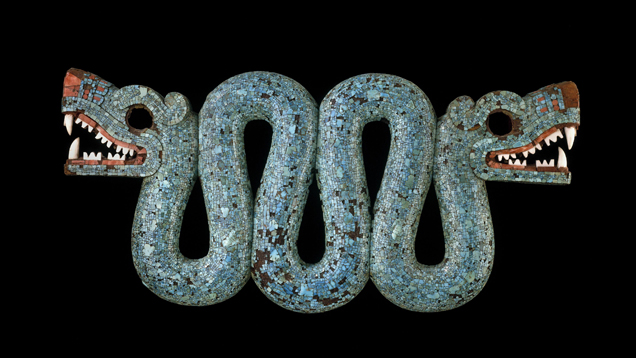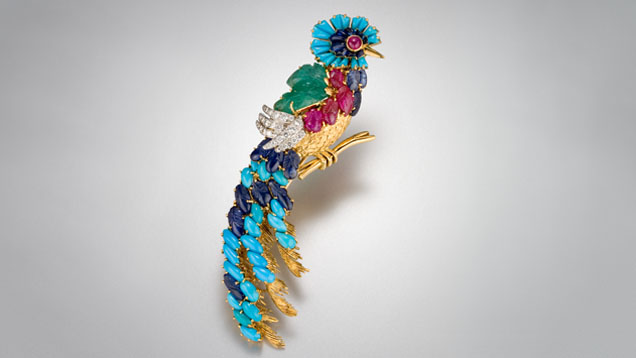Turquoise History and Lore

The gem’s name comes from the French expression pierre tourques, or “Turkish stone.” The name, which originated in the thirteenth century, reflects the fact that the material probably first arrived in Europe from Turkish sources.
Turquoise was a ceremonial gem and a medium of exchange for Native American tribes in the southwestern US. They also used it in their jewelry and amulets. The Apaches believed that turquoise attached to a bow or firearm increased a hunter’s or warrior’s accuracy.
A turquoise and silver buckle and trim give a Southwestern flair to this leather belt.
Turquoise is plentiful and available in a wide range of sizes. It’s used for beads, cabochons, carvings, and inlays. Although well known to consumers, its popularity in the mainstream jewelry industry comes and goes. The biggest and most permanent market is in the American Southwest. It’s also popular elsewhere, among customers who are captivated by that region’s mystery and romance, as well as by the blue of its skies.
Turquoise combines with sapphire, carved emeralds, rubies, and diamonds in this charming “Bird of Paradise.” This 18-karat gold clip brooch was made in the mid-1940s. - © GIA & Tino Hammid, courtesy private collector
In the United States, turquoise is one of the birthstones for December. (Zircon is the other option for that month).
This Hungarian cuff bracelet combines enameling with lovely turquoise cabochons. - Courtesy Ginger Moro



